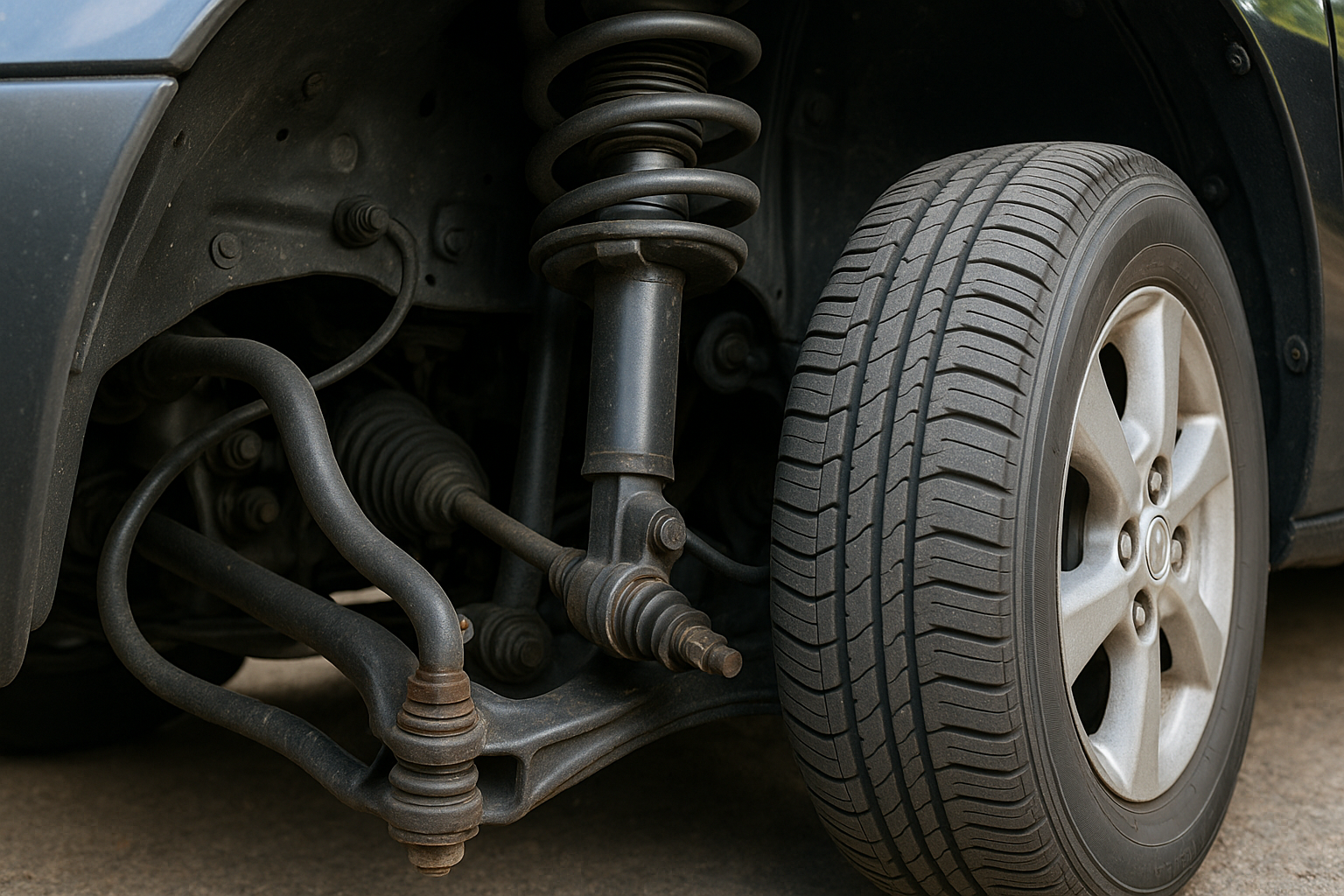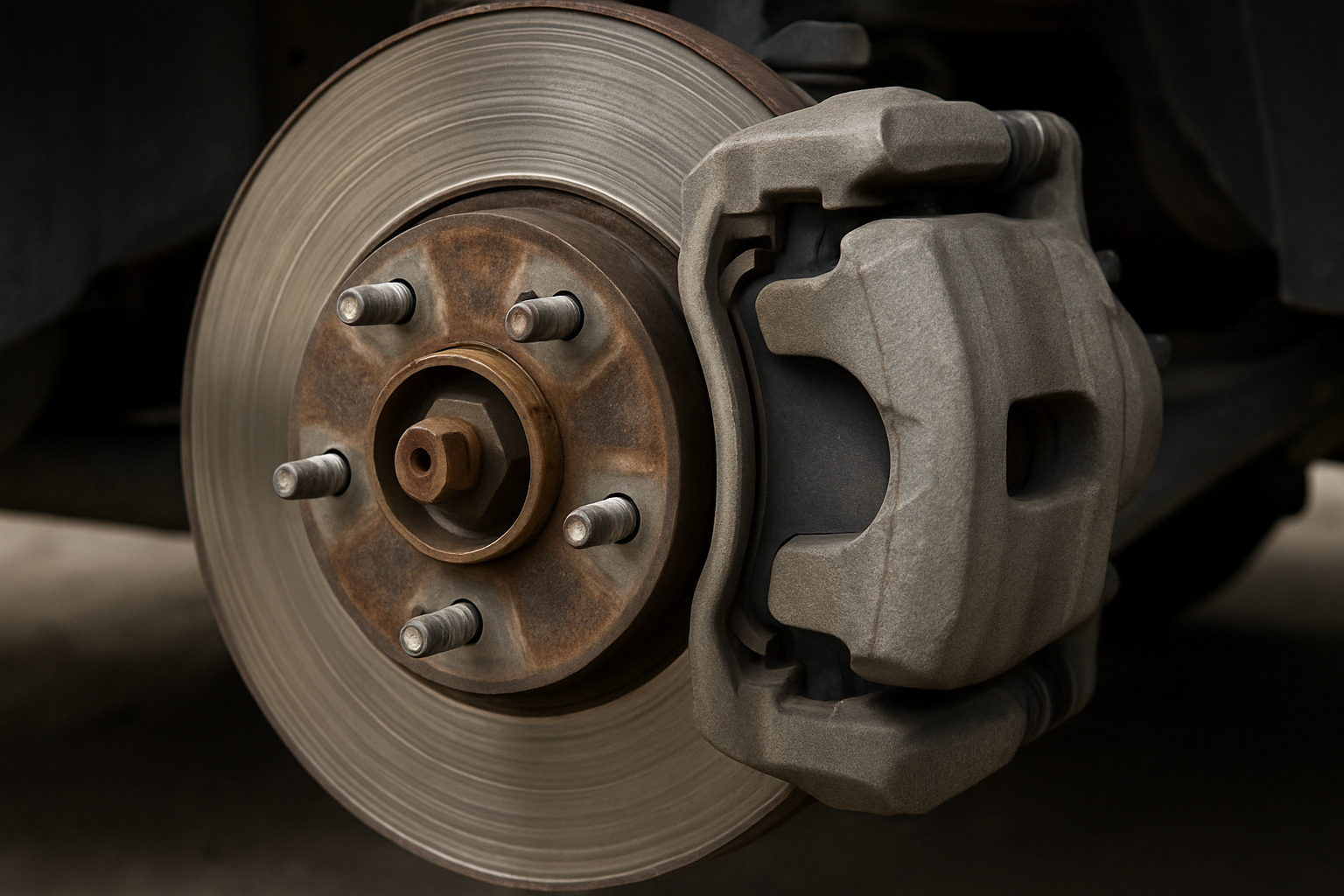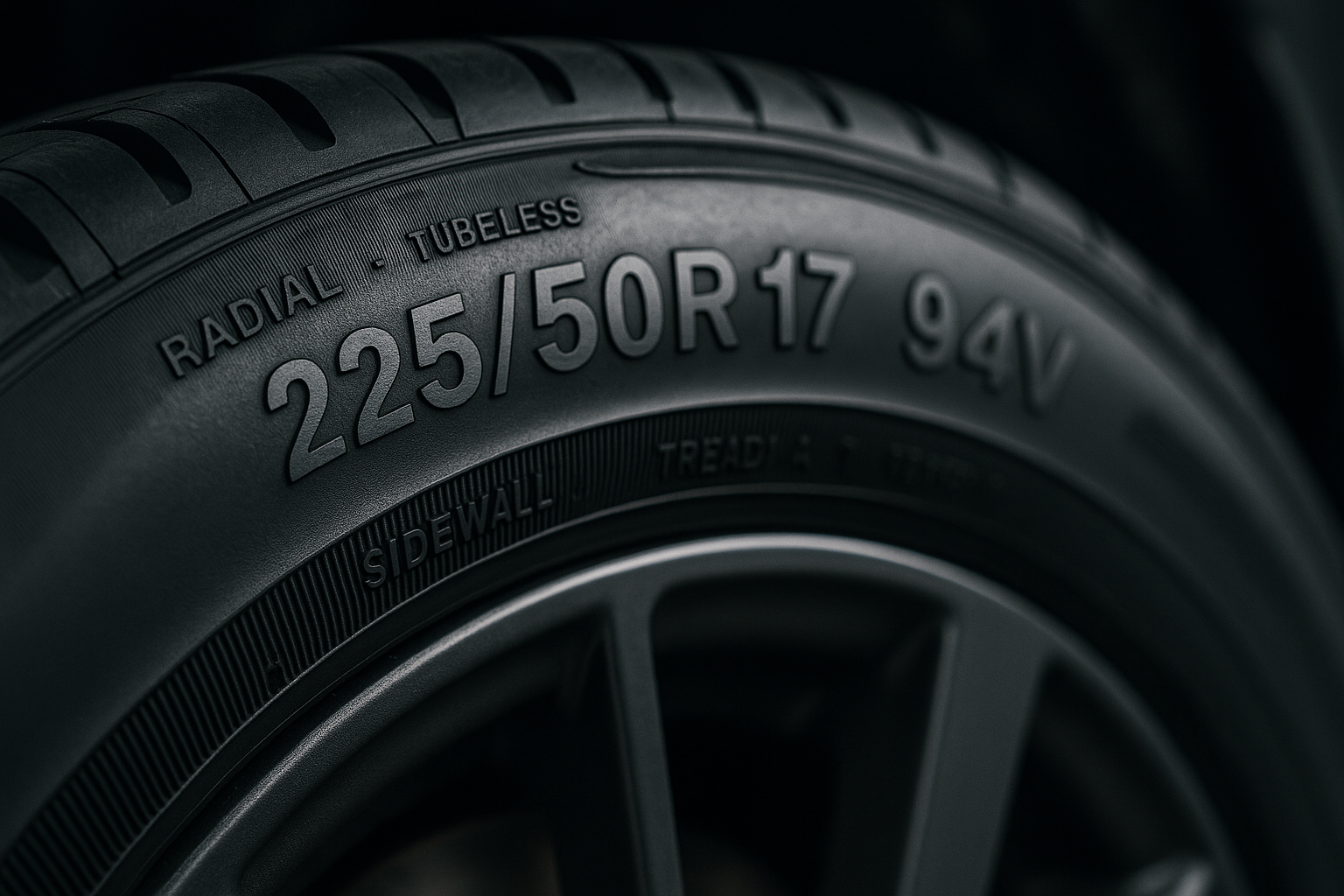A comfortable drive isn’t just about plush seats—it starts with a well‑tuned steering system and solid suspension basics. Together, these components absorb bumps, maintain tire contact, and ensure precise control. In this guide, we’ll explore how your car’s steering and suspension work, why they matter for ride comfort, and what you can do to keep both systems in top shape.
1. How Your Steering System Works
Your steering system directs the vehicle’s wheels so you can navigate corners, lanes, and curves with confidence. Modern cars typically use a rack‑and‑pinion design with power assistance:
- Rack & Pinion: A gearset converts the rotational motion of the steering wheel into lateral motion that turns the wheels.
- Power Steering: Uses hydraulic or electric assist to reduce the effort required, especially at low speeds.
- Tie Rods & Steering Arms: Connect the rack to the wheel hubs, transmitting motion precisely.
Common Steering Issues
- Loose Steering Feel: Worn tie‑rod ends or rack bushings can introduce play, reducing control.
- Squealing or Hissing: A failing power‑steering pump or low fluid can create noise and stiff steering.
- Pulling to One Side: Misalignment or uneven tire pressure may cause your car to drift.
2. Suspension Basics: Absorbing Road Irregularities
The suspension system is your car’s shock absorber, smoothing out potholes, bumps, and road chatter. Key suspension basics components include:
- Springs: Coil springs or leaf springs support vehicle weight and compress under load.
- Shock Absorbers & Struts: Control spring oscillation, dampening rebound and preventing excessive bounce.
- Control Arms & Ball Joints: Keep wheels aligned and provide flexible mounting points for suspension travel.
- Sway Bars (Anti‑Roll Bars): Reduce body roll during cornering by linking opposite wheels.
Types of Suspension
- MacPherson Strut: Compact and cost‑effective—common on front‑wheel‑drive cars.
- Double Wishbone: Offers better camber control—favored on performance vehicles.
- Multi‑Link: Provides independent tuning of ride and handling—found on luxury models.
3. Why Steering and Suspension Matter for Ride Comfort
A well‑maintained steering system and properly tuned suspension directly improve ride comfort by:
- Smoothness: Efficient absorption of bumps prevents jolts from reaching the cabin.
- Stability: Consistent tire contact enhances traction and reduces body roll.
- Control: Precise steering response makes for a confident, fatigue‑free drive.
Signs Your Ride Needs Attention
- Excessive bouncing after hitting a bump.
- Front‑end vibration or wandering at highway speeds.
- Uneven or rapid tire wear patterns.
- Steering feels heavy, loose, or unresponsive.
4. Maintenance Tips for a Smooth Ride
Regular upkeep of your steering and suspension keeps you safe and comfortable on the road. Here’s what to do:
- Inspect Components: Every 6,000 miles, check shocks, struts, bushings, and tie rods for leaks or play.
- Rotate & Balance Tires: Proper rotation and balance reduce uneven wear and vibration.
- Maintain Fluid Levels: Keep power‑steering fluid at the correct level and replace it according to the manufacturer’s schedule.
- Wheel Alignment: Perform a 4‑wheel alignment annually or after suspension work to ensure correct steering geometry.
- Replace Worn Parts Promptly: Swap out failing shocks, struts, or bushings before they cause further damage.
Conclusion
Mastering suspension basics and understanding your steering system are key steps toward achieving superior ride comfort. By recognizing warning signs, following a routine maintenance schedule, and choosing quality replacement parts, you’ll enjoy a smoother, safer, and more enjoyable driving experience for years to come.




